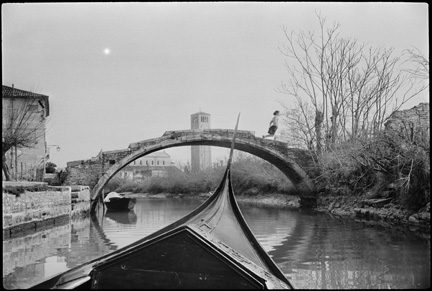With three lights, you have enough power to create realistic lighting for a scene, and also avoid any unwanted shadows. This particular setup can be used for numerous lighting scenarios including interview lighting, portraits, headshots, or product photography.Different light modifiers will evoke different feelings. Barndoors can create a dramatic effect or highlight a certain feature on your subject that you may be trying to emphasize. Softboxes give you that nice natural diffused light that makes everything just a bit softer and gives a very flattering look to your subject.You can use a 3 point set up for both indoor and outdoor shoots. However, be advised that you might have to use gels to change the color temperature of the light to achieve the right look depending where you shoot and with what types of lights.As you can see in the diagram, the Key light and Fill lights are at about a 45 degree angle from the camera. The Key light will be the most powerful light source in the scene. You will want to keep the Fill & Back lights at a lower intensity to compliment the Key by filling in the rest of the light. That way, you will achieve a soft, even light.
 Once the Fill light is added, you have a nice even light. The light seems natural and it gives the subject a warm, attractive look. As you can see, you can manipulate the light to achieve different effects and mood.With the addition of a Backlight, the subject is now illuminated a little more and you can see an outline form around your subject, giving them more depth.With just the Key light you will get a lot of shadow across the subjects face and the subject is not fully lit.
Once the Fill light is added, you have a nice even light. The light seems natural and it gives the subject a warm, attractive look. As you can see, you can manipulate the light to achieve different effects and mood.With the addition of a Backlight, the subject is now illuminated a little more and you can see an outline form around your subject, giving them more depth.With just the Key light you will get a lot of shadow across the subjects face and the subject is not fully lit.

















/IntLight%201%20Small.jpg)